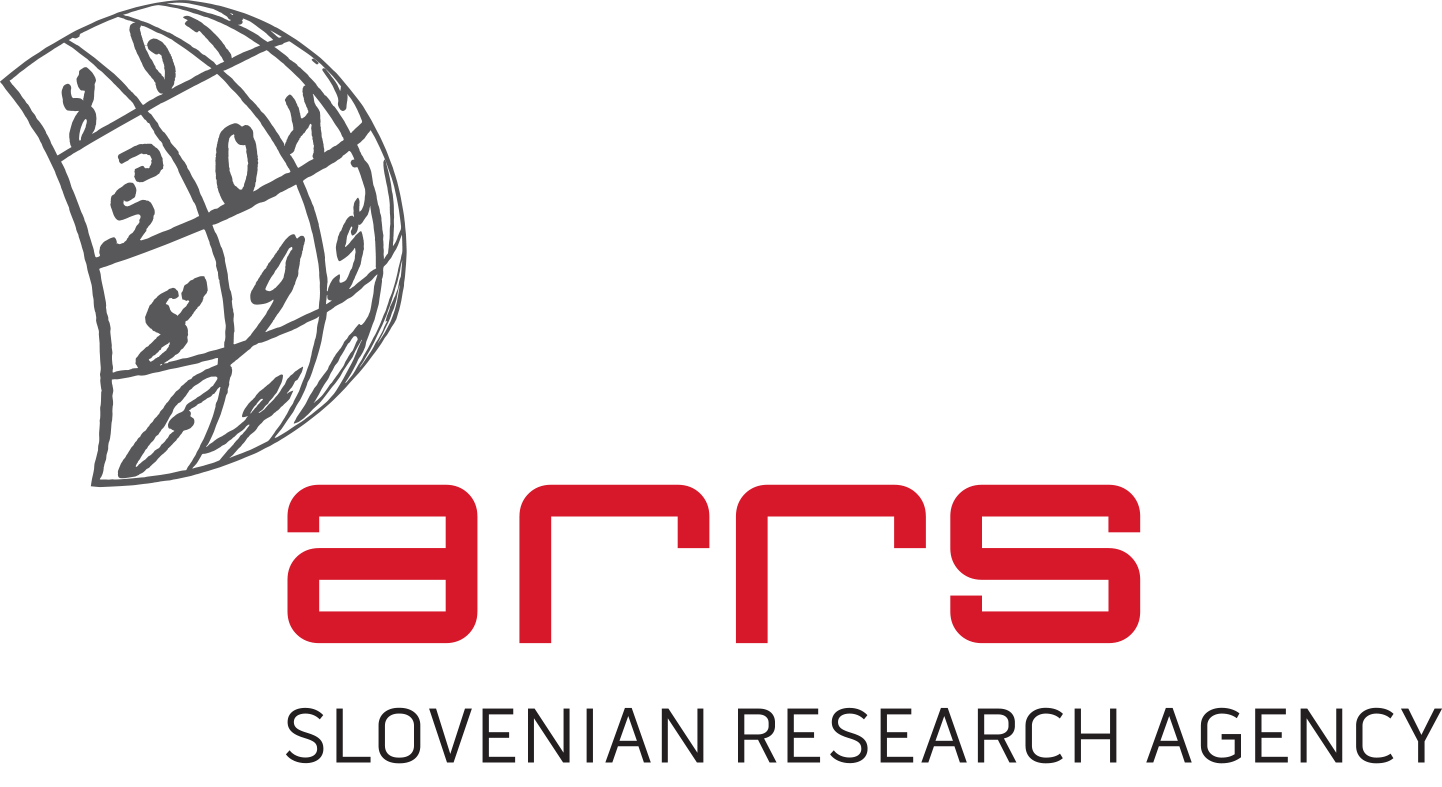Duration: 01.01.2016 – 31.12.2017, ARRS (J1-7201)
The demand for ever faster, smaller, and less energy consuming electronic devices, has driven the search for new materials primarily on the nanoscale. Impressive properties of graphene have shifted the focus also to the other layered materials, of which the family of transition metal dichalcogenides (TMDs) with the general chemical formula MCh (M = transition metal, Ch = S, Se, Te) is especially interesting. Like all layered materials TMDs consist of stacked 2D monocrystals separated by van der Waals forces, and the exposed top layer is only weakly coupled to the rest of the crystal. MoS , TiS , TaS , WS , MoSe , WSe , etc., however, have many useful chemical, mechanical, optical and also electronic properties, and they range from insulating to metallic. They can also exhibit exciting collective phenomena, such as superconductivity and spontaneous electronic ordering in the form of charge density waves (CDW). Most of TMDs exist in several polytypes, such as 1T, 2H, and 3R type. The diversity of this TMD zoo is further enriched by the possibility of doping or combining different transition metals and/or different chalcogens into one crystal, e.g. MoS Se . Last but not least, modern crystal growth methods allow us to stack different 2D layers into one heterostructured thin film. The tailoring capabilities and the multitude of combination possibilities are truly exceptional.
Working memory devices based on phase switching between charge ordered states in 1TTaS would mean a significant step towards a new generation of computer memory elements. With low energy requirement per bit such elements would be less energy consumptive, thus reducing the need for cooling and effectively reducing the size of electronic devices. Also, record breaking switching times mean faster storing and accessing of data. A working heterostructure device would open the door to constructing a crossbar latch configuration of memory element using the same number of layers as in the single bit device. Production challenges would thus be limited to constructing multiple electrodes, but the density of bits per area could increase manyfold. As such the success of the proposed project would have a very large impact in the computer industry and possibly also in our everyday lives.
